Sibelius Museum, Turku
Performers: Veli Kujala accordion, Tom Johnson narrator, and students of TUAS Arts Academy, coached by Mikko Luoma: Orestis Willemen, guitar, Freya Annina Frinschknecht, flute, Vadim Grumeza, violin, Anna-Maria Huohvanainen, violin.Erkki Salmenhaara: Sonatine for Flute and Guitar (10′, 1981)
Morton Feldman: Trio for Flutes (4’,30”, 1972)
Erkki Salmenhhara: Sonatine for Two Violins (12’, 1972)
Kyle Gann: Reticent Behemoth for quarter-tone accordion (6′, 2015, world premiere)
Tom Johnson: Eggs And Baskets for narrator, guitar and violin (12′, 1987)
Philip Glass: Head-on for piano trio (4′, 1967)
Wegelius hall, Sibelius Academy, Töölönkatu 28, Helsinki
Performers: Eija Kankaanranta, Juulia Pölönen, Emma Kuntsi, Sarah Palu, kantele, Petri Kuljuntausta & Äänikuoro (sound choir), Assi Karttunen harpsichord, Antti Tolvi, pianoAntti Tolvi: Ääniväki (Sound Elves) (25’, 2012)
Hannu Saha: Arndt for 5-string kanteles (5′, 1986), performed by Eija Kankaanranta, Emma Kuntsi & Sarah Palu
Pekka Jalkanen: Toccata for kantele (8′, 1992), performed by Juulia Pölönen
John Bull, In nomine for harpsichord (4′, 16th Century), performed by Assi Karttunen
Katri Nironen: Agadir (extract) (6′, 1965),
Charlie Morrow: Counting to 9 – Toadfish Language (1973), performed by Petri Kuljuntausta & Äänikuoro
John Adams, China Gates (5′, 1977), arr. for kantele and harpsichord
Matthew Whittall: Wine-dark Sea for kantele and harpsichord (15’, 2008) performed by Eija Kankaanranta & Assi Karttunen
Tom Johnson: Counting To Seven (6′, 2012), performed by Petri Kuljuntausta & Äänikuoro
Black Box, Helsinki Music Centre
Performers: Emil Holmström, keyboard, Veli Kujala, quarter-tone accordion, Eija Kankaanranta, electric kantele, Antti Ohenoja, Jussi Markkanen, Petteri Kippo, Aleksi Haapaniemi, percussion, Jon-Patrik Kuhlefelt, sound7:30 pm
Kyle Gann interviewed by Matthew Whittall
8 pm
Kyle Gann: Unquiet Night (Mechanical Piano Study No. 10) (16’, 2004)
Tom Johnson: Tango, arrangement for 5-string kantele and accordion (4’, 1984)
Kyle Gann: Reticent Behemoth for quarter-tone accordion (6′, 2015)
Kyle Gann: The Unnameable for keyboard sampler and soundfile (12’, 2012)
Juhani Nuorvala: Concertino for electric kantele and soundtrack (7′, 2000/2014)
Kyle Gann: Snake Dance No. 2 for percussion quartet (12’, 1995)

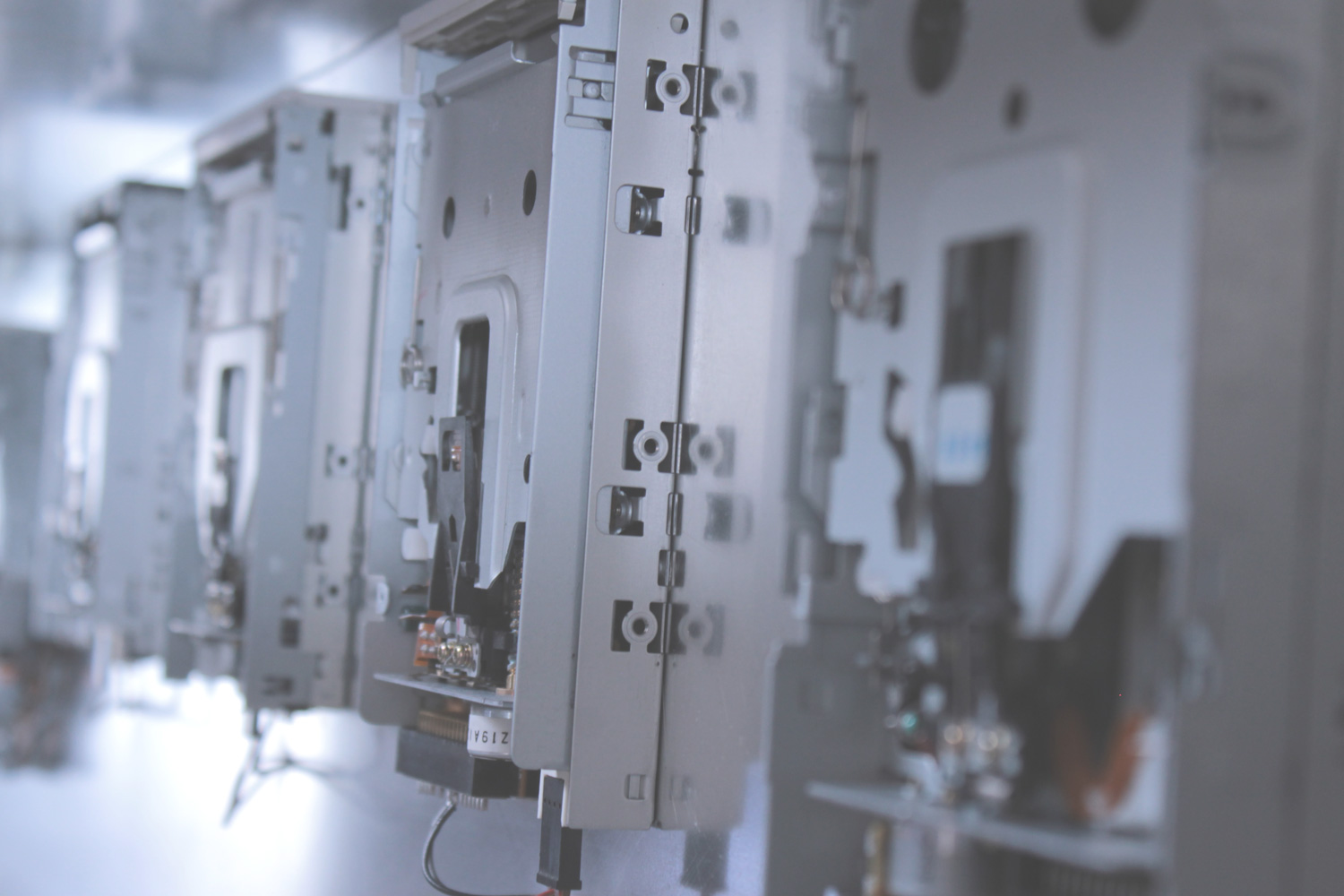

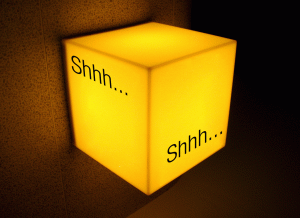

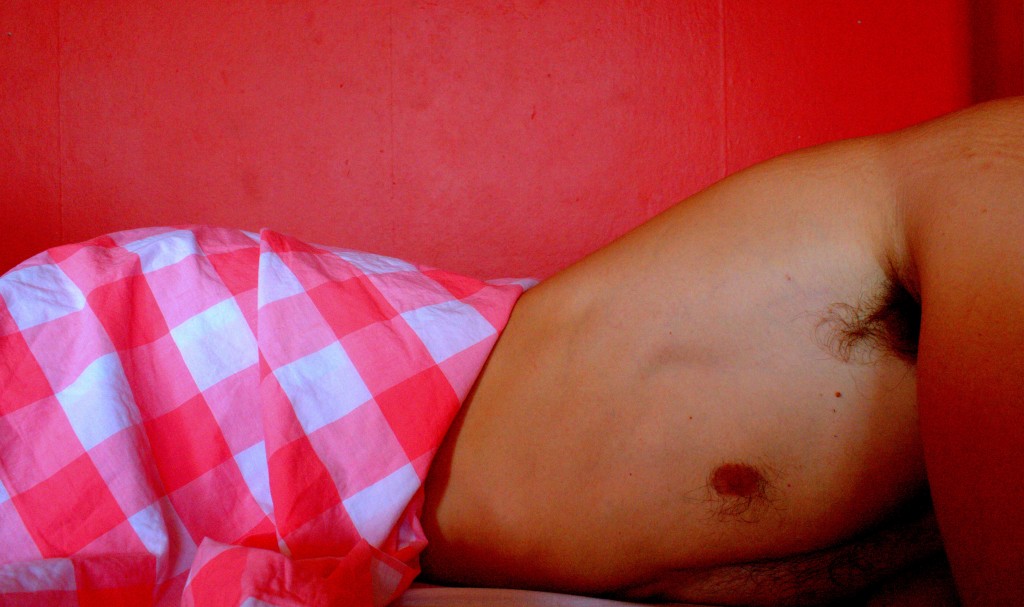
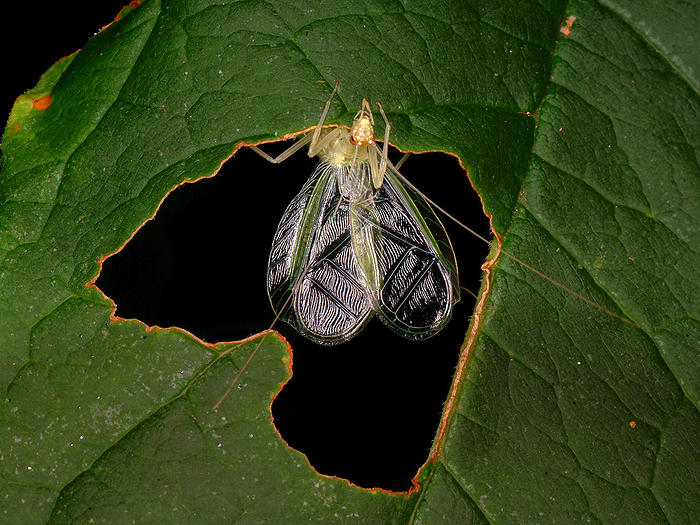

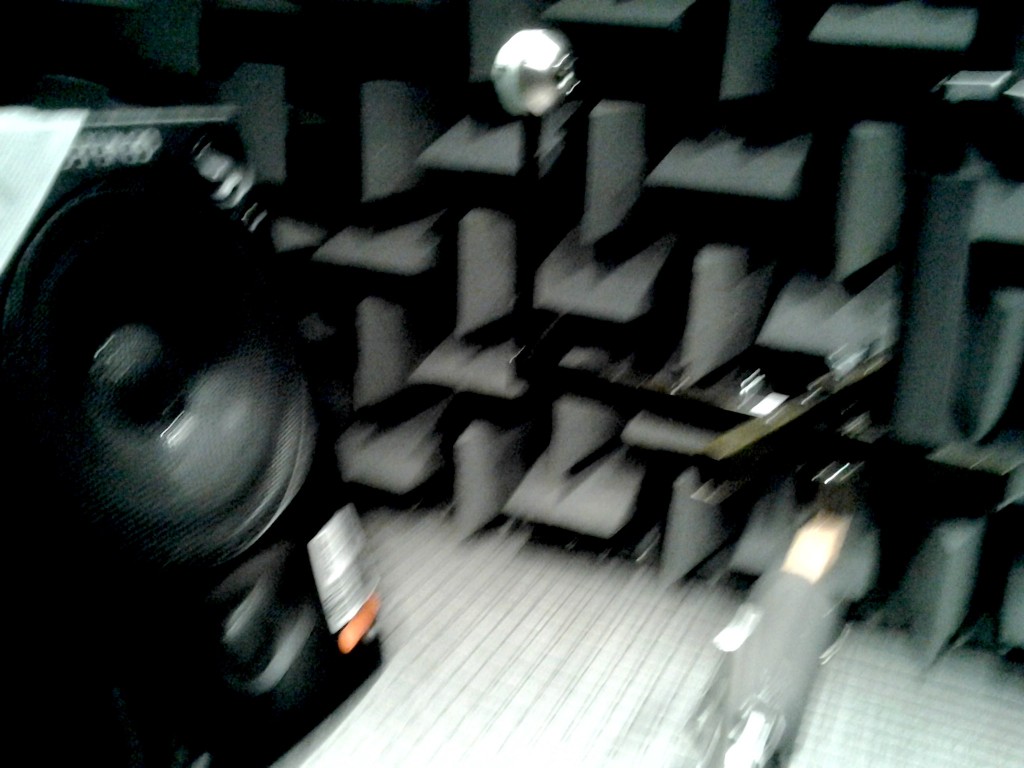 Budhaditya Chattopadhyay biography
Budhaditya Chattopadhyay biography